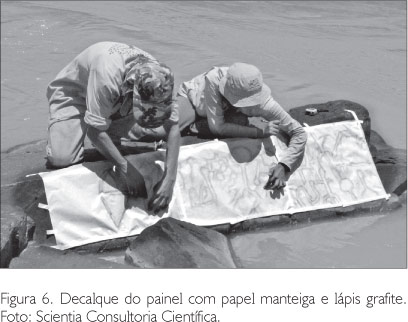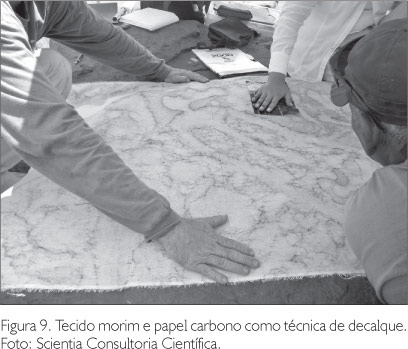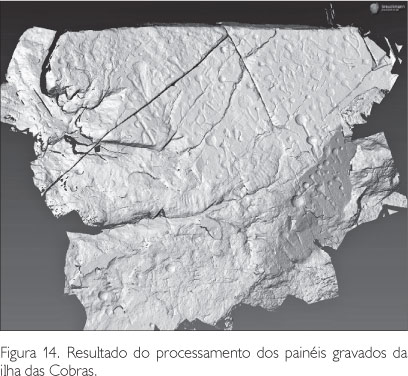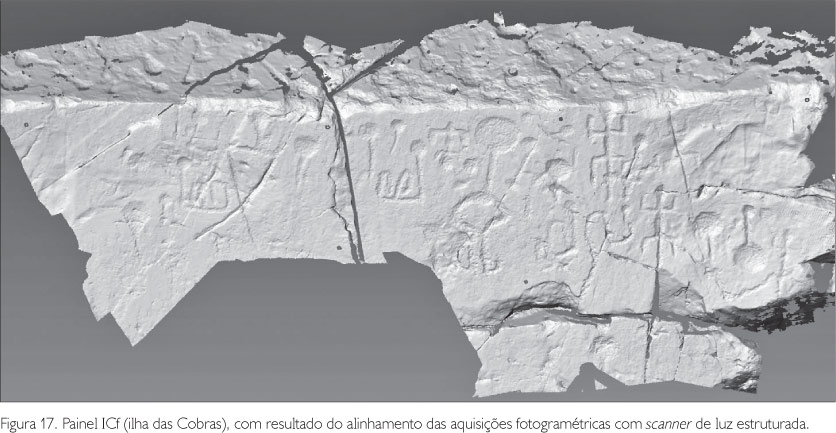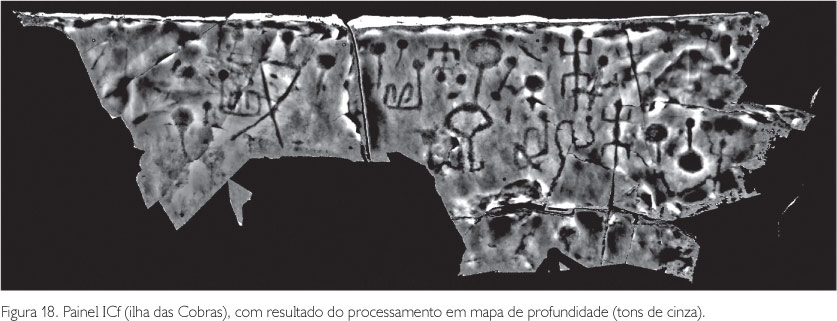In the past few years, rock art studies in Brazil have had important advances in constructing interpretative models of this poorly known, and seldom exploited archaeological record. Despite the challenges of discovering, registering, and preserving rock art along the vastness of the Brazilian territory, a few but devoted researchers have recorded and studied thoroughly thousands of rock paintings and engravings in many regions, by employing traditional techniques. We here present a case study carried out in the Madeira River, in the state of Rondonia, where we combined traditional methodology with new technologies for recording rock engraving, the terrestrial laser scanning and the structured light photogrammetry. These new techniques, among other advantages, significantly increase precision, acuity, and celerity in engravings documentation, as well as its surrounding landscape. Ultimately, the work of archaeologists is constructing interpretative models of the archaeological record based on the most reliable documentation, so the models can be tested and revised. The 3D modeling technologies raise our methodological parameters to a level above.
Rock art; Registering technique; 3D Modelling; Laser scanning; Photogrammetry; Madeira River






